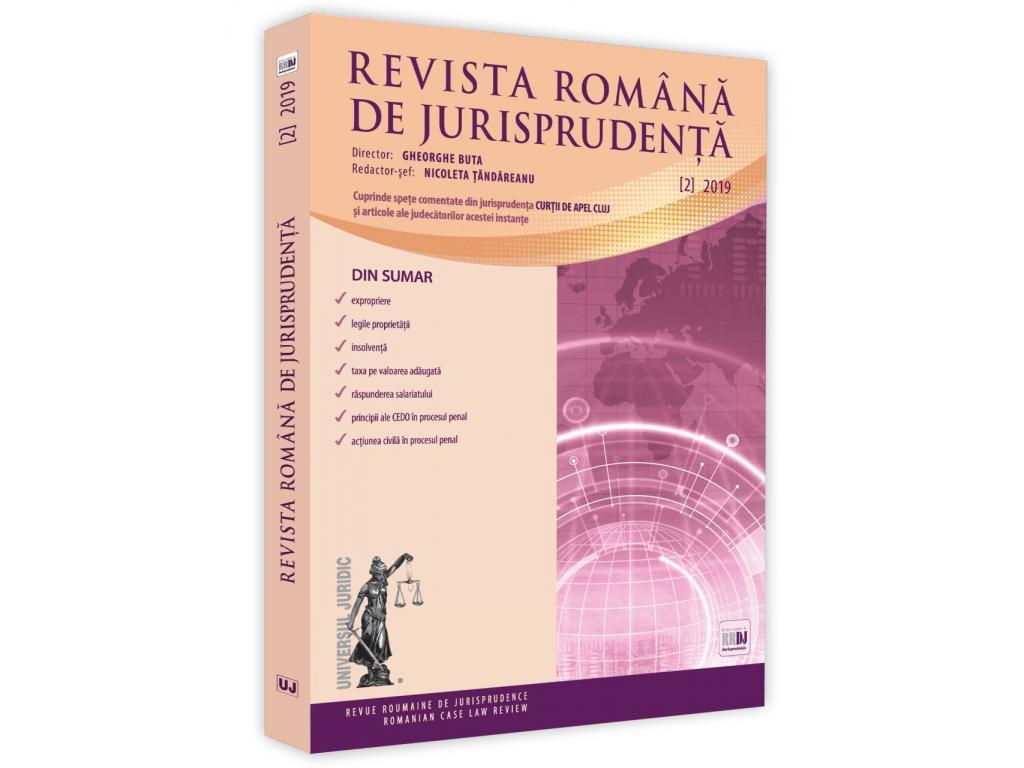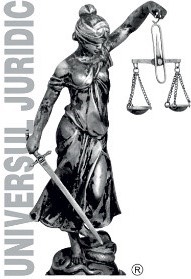Unintentional bodily injury. Common fault. Disjoining the civil action. Settlement of the case in simplified procedure without establishing the degrees of fault
DREPT PENAL ŞI PROCESUAL PENAL
Abstract
The most important criteria according to which the court enforces a particular sanction or establishes the duration or a certain amount of the penalty are the circumstances and the way in which the offence is committed, the state of danger created for the protected value and the nature and severity of the produced result or of other consequences of the offence [Art. 74 para. (1) a), b) and c) of the Criminal Code]. Considering that, by the writ of summons, the court was vested with hearing an act committed with the defendant’s and the injured person’s common fault, it must determine the degree of fault of each of them. Moreover, determining the seriousness of the damage caused to the injured person is an essential element that is reflected in the legal classification of the act and in the process of individualization of the penalty, an aspect that the court ruling on the merits has overlooked extremely easily, ordering that the civil part of the case be disjoined even before examining the requests for production of evidence. Although the judgment by which the civil action is disjoined is final, according to the provisions of Art. 26 para. (5) of the Civil Procedure Code, the lawfulness of ordering such measure can be examined by the judicial court, given that the “appeal against the sentence is considered also filed against the judgments”, according to the provisions of Art. 408 para. (3) of the Civil procedure Code. In order to ensure the complete, legal and grounded settlement of the legal situation notified to the court by the writ of summons, it is necessary to join the two files (the criminal proceedings and the civil proceedings). Although, according to Art. 420 para. (5) of the Criminal Procedure Code, “the court of appeal can re-examine the evidence examined by the court of first instance and can examine new evidence, under Art. 100”, and the solutions provided by Art. 421 para. 2 b) of the Civil Procedure Code do not regulate the possibility of referral for retrial in the case of incomplete evidence or omission by the court ruling on the merits to rule on the defendant’s degree of fault, the Court holds that, if it supplemented the evidence itself and established the defendant’s degree of fault for the first time, directly, in the appeal, the right to defence would be seriously affected and the parties would be deprived of the double degree of jurisdiction, which are flagrant violations of the right to a fair trial (Art. 6 of the European Convention and Art. 2 of Protocol no. 7).








